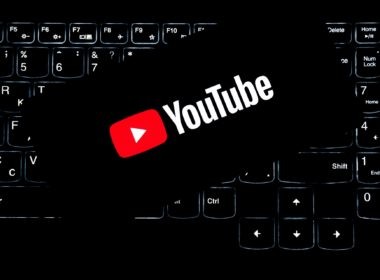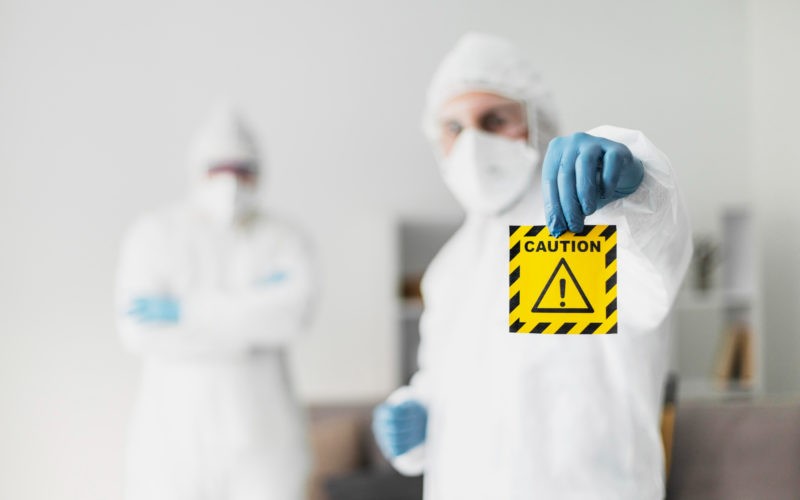After a crash, the world can feel overwhelming. Tow trucks arrive. Ambulances leave. Police write reports. Your phone starts ringing with calls from insurance companies. Hospitals send bills. Your head pounds. Nothing feels manageable.
The role of a car accident lawyer extends far beyond the obvious legal work. A lawyer does more than file paperwork — they handle the chaos, make the overwhelming manageable, and turn a crisis into a structured process.
Most people don’t realize how much happens after a crash that requires a coordinated response. Insurance companies begin investigations immediately. Witnesses disperse. Evidence disappears. Medical decisions need attention. Bills accumulate. Documentation requirements pile up. A person trying to handle all of this alone while recovering from injury risks becoming overwhelmed. A lawyer prevents that by taking on the majority of the burden.
The Role of a Car Accident Lawyer
The role of a car accident lawyer extends far beyond the obvious legal work. They coordinate between hospitals, insurers, police, and other parties. They provide guidance on medical decisions, manage communication with insurance companies, and build cases systematically while clients focus on recovery. This comprehensive management is what separates having a lawyer from trying to handle everything alone.
The Immediate Response
Evidence Preservation
Within hours of a crash, preservation of evidence begins. Your attorney sends formal notices to all relevant parties demanding that evidence be preserved. Security footage that might otherwise be overwritten is saved. Photographs are secured. Witness contact information is recorded. Early action prevents the loss of evidence that could later become impossible to recover.
Scene Investigation
The scene investigation begins quickly. Attorneys may send investigators to document road conditions, visibility, traffic patterns, and any details relevant to understanding what happened. Capturing this information early ensures accuracy, as conditions can change within hours or days.
Witness Identification
Witness identification is critical immediately after an accident. People at the scene disperse, and it can become difficult to locate them later. Attorneys gather witness statements and contact information early, creating permanent records of observations. This simplifies later testimony and strengthens a case.
Medical Coordination
Medical coordination starts right away. Lawyers advise on which providers and tests to prioritize and ensure that medical records support the legal claim. They guide clients to avoid decisions that could inadvertently affect their case while focusing on recovery.
Behind the Paperwork
Insurance Communication
Insurance interactions are handled strategically. Attorneys establish clear channels with insurance companies, controlling what information is disclosed and protecting clients from statements that could hurt a claim. They also negotiate timelines and procedures to maintain efficiency.
Claim Documentation
Bills, medical records, photographs, and receipts are compiled systematically. Proper documentation forms the foundation for evaluating claims and ensures nothing is lost in the chaos.
Comprehensive Demand Letter
Once sufficient information is gathered, the attorney prepares a comprehensive demand letter. This document outlines the accident, injuries, damages, and the settlement amount being requested. It often triggers insurance negotiations that can resolve the case without litigation.
Litigation Preparation
If settlement fails, the legal process begins formally. Attorneys file complaints in court, manage filings and deadlines, and handle communication with the court and opposing counsel. Preparation includes gathering exhibits, developing trial strategy, and preparing expert testimony.
The Long Game
Client Communication
Attorneys maintain regular communication, keeping clients informed about case progress. Clear updates prevent frustration and uncertainty, helping clients understand the process step by step.
Medical Provider Management
Coordination with medical providers continues throughout the case. Lawyers ensure treatment aligns with recovery and supports the legal claim. They prevent gaps that insurance companies could use to challenge the severity of injuries.
Settlement Negotiation
Negotiation becomes the primary focus once litigation begins. Attorneys evaluate offers, explain potential outcomes, and handle the negotiation process while clients concentrate on recovery.
Trial Preparation
If a trial is necessary, attorneys prepare witnesses, develop opening and closing statements, and coach clients for cross-examination. Detailed preparation ensures readiness for court proceedings.
Conclusion
A skilled lawyer doesn’t just manage legal claims. They manage calm. They transform chaos into order and coordinate dozens of moving pieces while clients focus on recovery. The role of a car accident lawyer is to preserve evidence, secure witness statements, organize documentation, and handle negotiations with clarity and precision.
The first call after a crash should be to an attorney. Early action ensures that evidence is preserved, witnesses are documented, medical care is coordinated, and insurance companies are managed effectively. This structured approach allows clients to focus on recovery, both medically and legally, rather than navigating complex processes alone.












